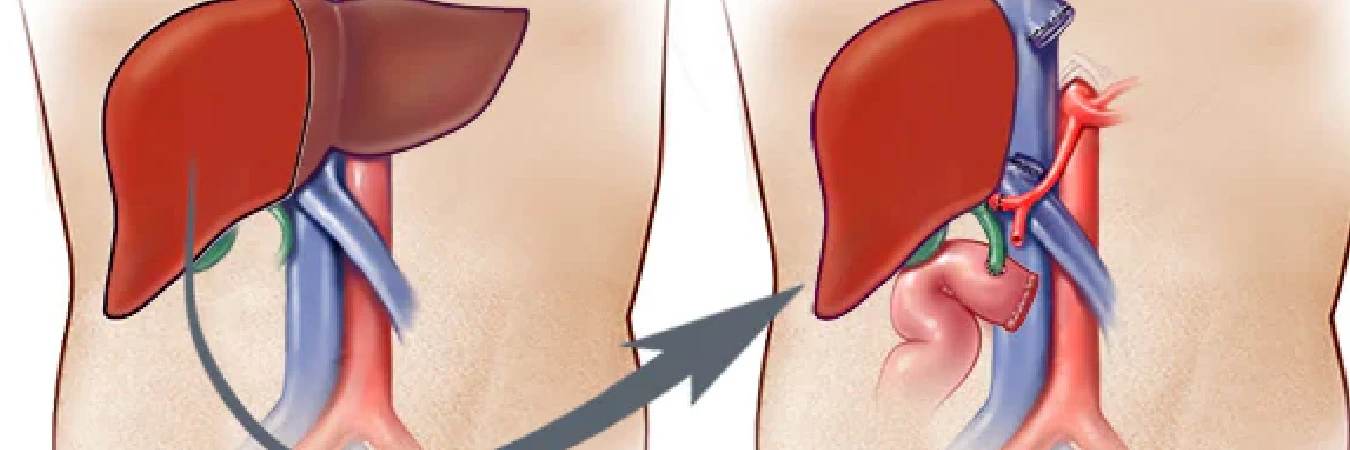A liver transplant is a complex surgical procedure aimed at replacing a malfunctioning liver with a healthy one, sourced from either a deceased donor or a living donor who provides a portion of their liver. This critical intervention is typically reserved for individuals grappling with severe complications stemming from end-stage chronic liver disease. In rare instances, it is also employed in cases of abrupt liver failure in individuals previously in good health.
Unfortunately, the demand for liver transplants significantly surpasses the availability of deceased-donor livers. To address this imbalance, living-donor liver transplantation is employed as an alternative strategy. This approach capitalizes on the liver's remarkable regenerative capacity, allowing it to swiftly return to its normal size after a portion is surgically removed.
The principal catalysts for liver disease leading to transplant necessity encompass:
Hepatitis B and C: Infections with these viruses can inflict severe damage on the liver over time.
Alcoholic Liver Disease: Excessive alcohol consumption can result in liver damage, compelling the need for a transplant.
Nonalcoholic Fatty Liver Disease: Characterized by the accumulation of fat within the liver, this condition can provoke inflammation and liver cell damage.
Genetic Liver Diseases: Conditions like hemochromatosis, which prompts excessive iron accumulation, and Wilson's disease, causing an overabundance of copper in the liver, may necessitate transplantation.
Bile Duct Disorders: Diseases affecting the bile ducts, such as primary biliary cirrhosis, primary sclerosing cholangitis, and biliary atresia (particularly common among children), can lead to liver transplant as the ultimate recourse.
In the case of deceased-donor liver transplant, when a suitable liver becomes available, individuals are promptly summoned to the hospital. A comprehensive medical evaluation is conducted to ensure the patient's fitness for the upcoming surgery. The transplant operation itself is performed under general anesthesia, rendering the patient unconscious during the procedure. A sizable abdominal incision is made by the transplant surgeon, the exact location and dimensions of which are contingent on the surgical approach chosen and the patient's individual anatomy.

